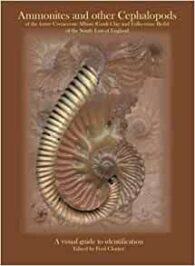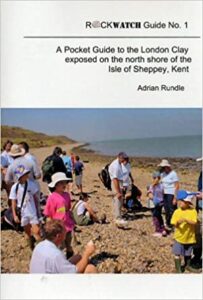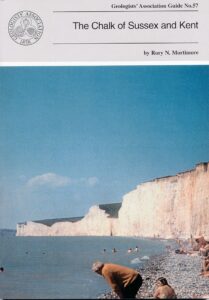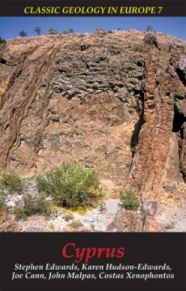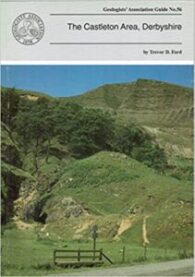I suppose it was the Gault of Copt Point in Folkestone that really got me back into fossil collecting. As I pointed out in my review of ‘London Clay Fossils of Kent and Essex’, everyone of the small number of books published by the Medway Fossil and Mineral Society are without exception, wonderful. This is no exception.
